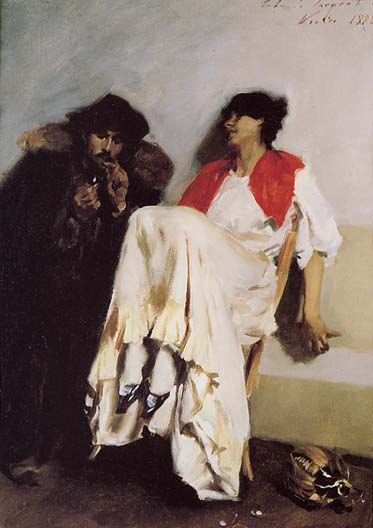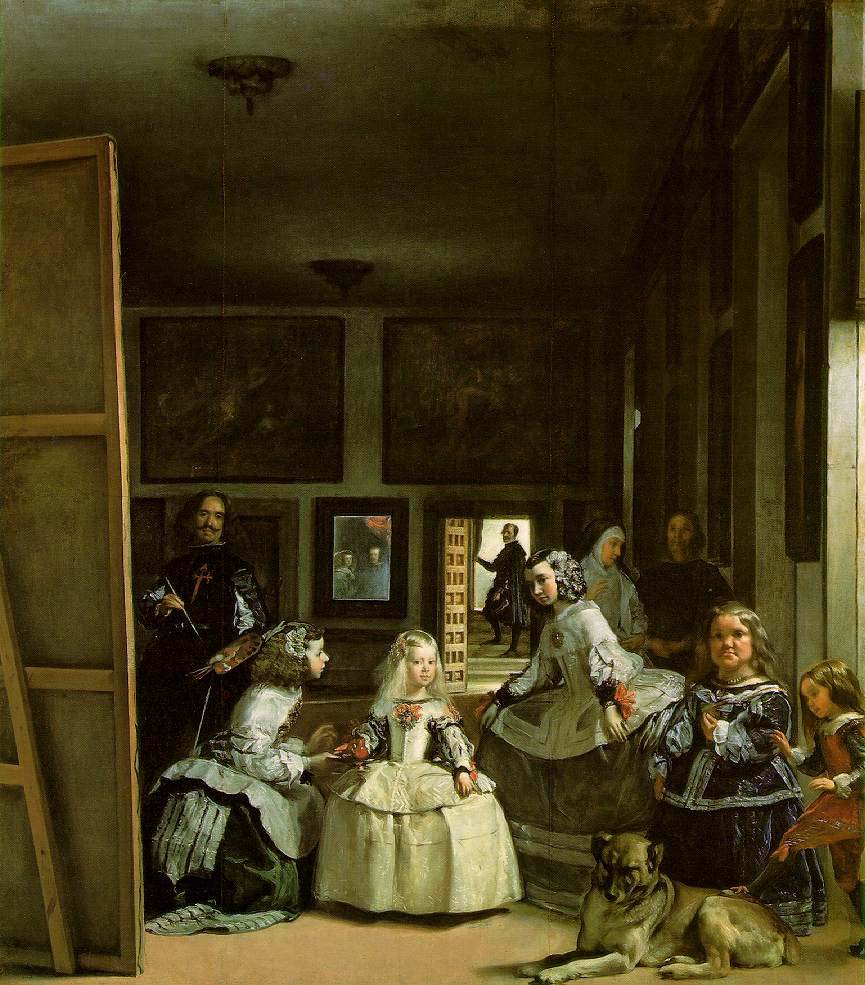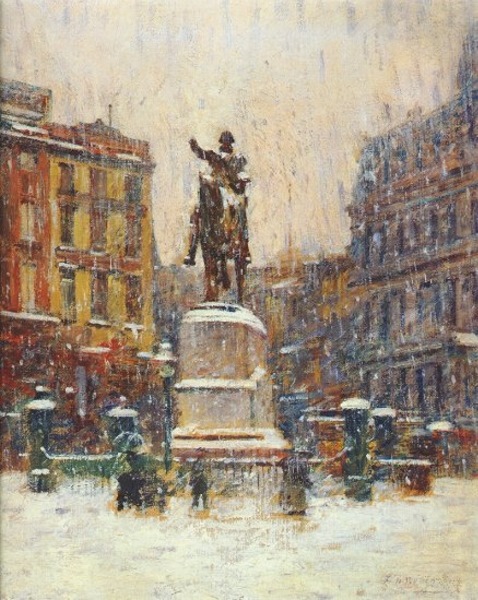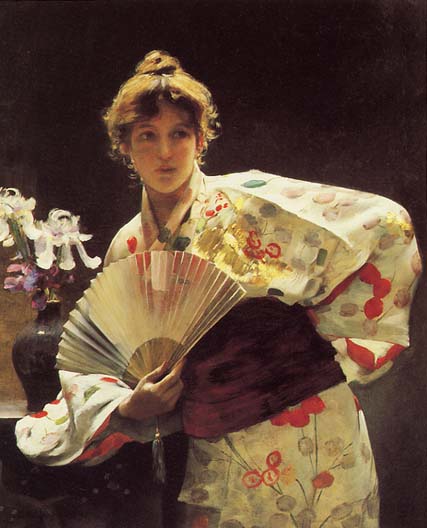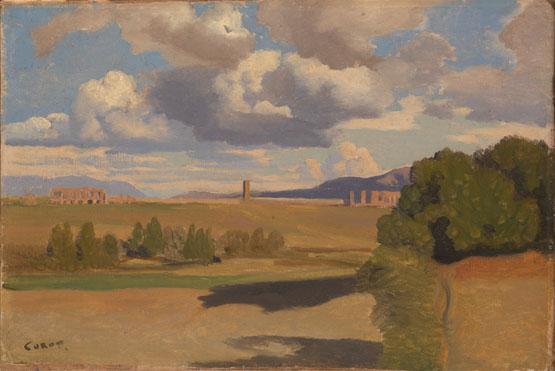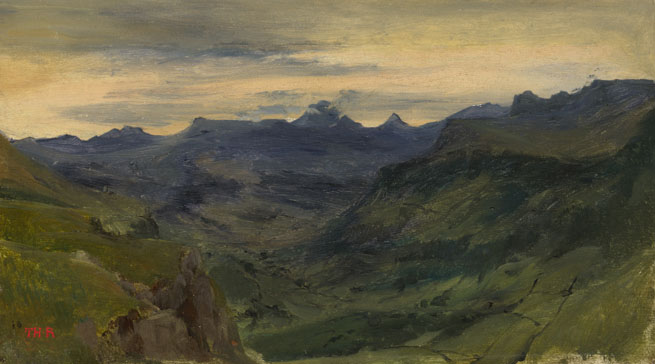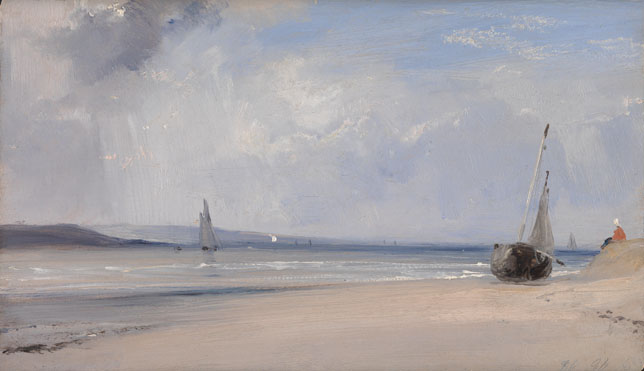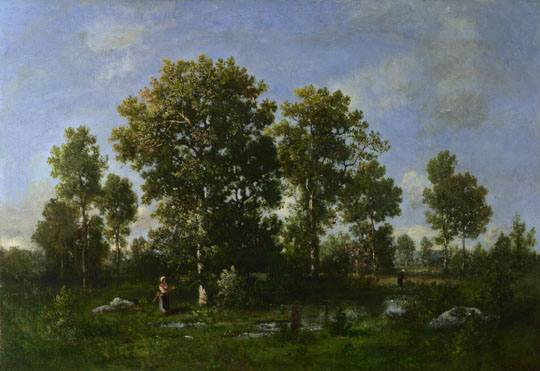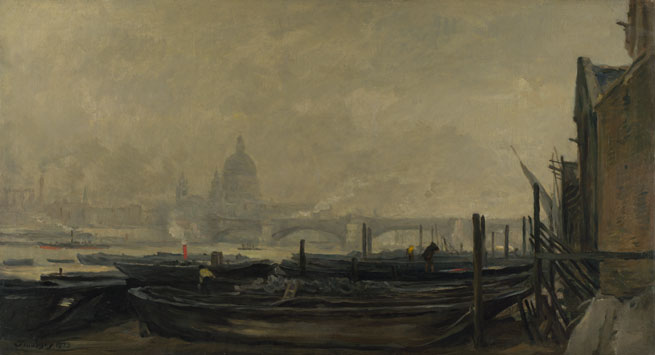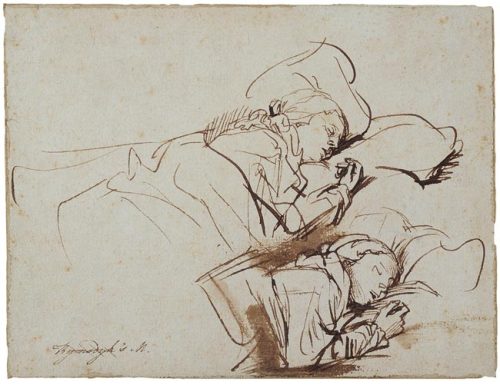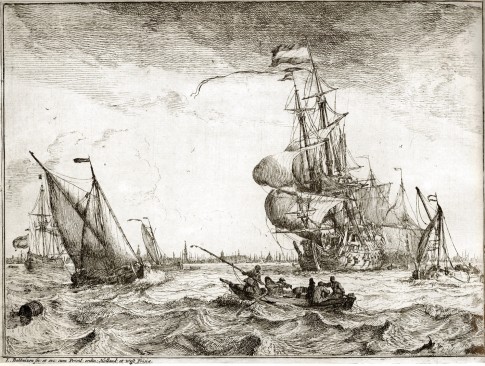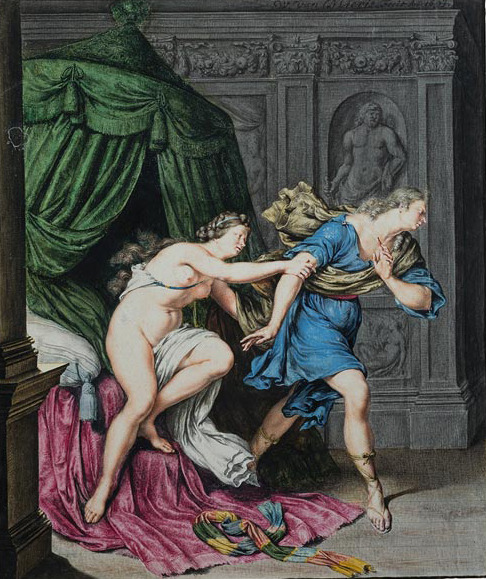The Albertina Museum, Vienna, Austria’s show,
Oskar Kokoschka Exile and New Home 1938–1980, 11 April to 13 July 2008 paid tribute to the late works of Oskar Kokoschka, exhibiting 44 paintings and some 160 watercolours,drawings and graphic prints. (see examples below) More than half of the objects on view come from the holdings of the Albertina, whose collection of some 1200 of Kokoschka’s works is one of the world’s largest.
Self-assured and free from the influence of contemporary tendencies, the cosmo-
politan Kokoschka finally developed his own totally unique style from the 1930s
onward (in 1936 he was 50 years old). The way in which Kokoschka dealt with colours
and subjects then became increasingly confident; his sophisticated colouring created
the distinctive moods of his pictorial spaces. This was true no matter whether he was
working with oils, watercolours or coloured pencils.
Whereas in his early creative years Kokoschka’s works emanated from his own personal
experiences, beginning with his exile in Prague in 1934 his orientation shifted more
and more towards the outside world. The exhibition follows the unsettled life of the
artist, which became a veritable odyssey through the war-torn Europe of the 20th
century. In the years from 1933 to 1938, along with his “avant-garde”, Dadaist and
Expressionist colleagues, Kokoschka was branded a “degenerate” artist and various
works of his were included in almost all of the “Schandausstellungen” (exhibitions
intended to inspire disgust).
After his flight to England in 1938, Kokoschka produced a number of poignant
paintings related to current war developments. As a painter, he responded with
bitter parables to the dreadful events of those years. At least from that time on, his
political views became an integral part of his life and oeuvre, as a number of striking
works bear witness (“The Frogs”, 1968).
Like portraits, Kokoschka’s cityscapes portray the different temperaments, atmos-
pheres, world views and characters of Prague, London, Florence, Rome, Salzburg,
Berlin and Fribourg. The paintings are accompanied by diary-like sketchbooks,
which he always carried with him.
Figure groups and allegories, which express the bonds between characters joined by
fate (“Cupid and Psyche“, 1950−1955), are another important subject. And, recalling
his own stormy relationship with Alma Mahler, Kokoschka also cast a humorous
look at himself as a
![]()
“Rejected Lover” (1966).
Kokoschka confidently defines himself as an heir to a European heritage and in
his paintings, drawings, graphic prints and portfolios, addresses topics from world
literature
![]()
![]()
(“Odyssey “, 1964−1966)
and theatre (Raimund cycle, 1959/60). Music, which played a significant role in his life, is also transformed into shimmering filigrees of impastoed colour compositions
(“Morning and Evening”, 1966−1976) or, as in the portrait drawings of Jenny Abel playing the violin (1973), seems to resonate in the picture.
The last pictures that Kokoschka painted in his 80s deal with questions about life
and death. Examples are the paintings “Time, Gentlemen please” (1971/72) and
“Ecce Homines” (1972). They constitute a moving finale for the creative work of this
world-class Austrian artist.
![]()
A comprehensive catalogue was prepared for the exhibition: “Oskar Kokoschka.
Exil und neue Heimat 1934–1980” (Oskar Kokoschka, Exile and New Home 1938–
1980), edited by Antonia Hoerschelmann, with contributions from Gunhild Bauer,
Katharina Erling, Antonia Hoerschelmann, Werner Hofmann, Edwin Lachnit,
Artur Rosenauer and Heinz Spielmann. In German, 328 pages, 320 illustrations,
including 280 in colour.
Pictures from the exhibition:
![]()
1: In the Garden, 1934
Oil on canvas
Albertina, Vienna – On permanent
loan from the Batliner Collection
![]()
2: London, Tower Bridge II, 1963
Oil on canvas
Marlborough International Fine Art
![]()
3: Prague, Charles Bridge 1934
Oil on canvas
Národní Galerie, Prague
![]()
4: Self Portrait, 1964
Watercolour
private collection
![]()
5: Storm Tide in Hamburg, 1962
Oil on canvas
Hamburger Kunsthalle / bpk
© Foto: Elke Walford
![]()
6: Nymph, 1936
Oil on canvas
National Gallery in Prague
Caption for each picture:
Oskar Kokoschka, © Fondation Oskar Kokoschka/VBK, Vienna 2008
![]()
7: Help the Basque Children!, 1937
Colour lithograph
Museum of Decorative Arts in Prague
© Photo: Ondrej Kocourek, Prague
![]()
8: The Red Egg, 1940-1941
Oil on canvas
National Gallery in Prague
![]()
9: Lobster on a Plate, 1945
Coloured pencils
Wienerroither & Kohlbacher,
Vienna
© Photo: courtesy of Wienerroither
& Kohlbacher, Vienna
![]()
10: Pumpkin, 1945
Watercolour
Albertina
![]()
11: Florence: View from the Mannelli Tower, 1948
Oil on canvas
Kunststiftung Merzbacher
(Merzbacher Collection)
© Photo: Kunststiftung Merzbacher
12: „Waking Slave” by Michelangelo; Accademia, Florence,1954
Sketchbook 31
Coloured pencils
Albertina
![]()
13: Time, Gentlemen please,1970–1972
Oil on canvas
Tate, London
![]()
14: Ecce Homines, Cardboard for the
mosaic of the same name in the St
Nikolai Church in Hamburg, 1972
Tempera on cardboard
Private collection, Hamburg
© Photo: Ines Otschik, Museen der
Stadt Aschaffenburg (City Museums
Aschaffenburg)
![]()
15: Tiger, 1969
Watercolour
Albertina
Prague 1934−1938
Kokoschka’s first stay in the city of Prague lasted longer than originally planned.
From 1934 on, his ancestors’ former domicile became the traveler’s refuge, but also
his center of rest and a second home after Vienna: the artist loved the open character
of the city, which offered itself as the first destination for many German refugees.
From 1933 to 1938, Kokoschka was condemned as a “degenerate” artist in Germany.
His works were removed from museums, his books confiscated. Already in 1935,
President Masaryk himself helped the internationally renowned artist to be granted
Czechoslovakian citizenship.
Kokoschka’s political commitment increased, which gradually also began to mani-
fest itself in his art. Yet, his work shows no break in the mid-thirties. During his four-
year stay in Prague, he painted city sceneries and allegories − actually continuing the
exploration of the subjects he had dedicated himself to during his years of traveling.
His Prague group of works may be said to be characterized by the unusually large
number of views of one and the same city, the agitated atmosphere of the sceneries
depicted, and the unreal, solitary feeling of his allegories.
Right at the beginning of his stay in Prague, Kokoschka fell in love with the nineteen-
year old law student Olda Palkovská. She became his friend, companion, and most
important discussion partner. Oskar Kokoschka and Olda Palkovská got married in
London in 1941. Olda would outlive her husband by 24 years. After Czechoslovakia
had been surrendered to Germany in the Munich Agreement in 1938, Oskar
Kokoschka and Olda escaped from the Nazis to England at the eleventh hour.
Exile in London 1938−1945
Olda Palkovská and Oskar Kokoschka escaped from the Nazis in the last plane
leaving Prague. 1938 marked a completely new beginning for the artist who arrived
in London almost without a penny. He believed that most of his work was lost on
German territory. Kokoschka fell into a deep depression and creative crisis.
Only a longer stay in Polperro, a fishing village in the southwest of England, with
Olda in 1939 put an end to this predicament. Kokoschka began to work with
watercolors again for the first time since Dresden. The series of six painterly
watercolors was executed independently in parallel to various pictures in oil.
Kokoschka had never aimed at grasping a place’s atmosphere of light in watercolors
before. This approach paved the way for his colored pencil landscape drawings − a
technique the artist discovered for himself in Scotland in the summer of 1941.
Colored pencils and sketchbooks were to accompany Kokoschka throughout his
late oeuvre for more than thirty years until 1973. Perfecting his quick and rhythmic
stroke in both drawing and painting, the artist achieved a virtuoso mastery of this
technique, which requires utmost abstraction in matters of color. He emphasized the
details important to him with strong colors. These sketches anticipate the quickly
painted landscapes of the forties and fifties with their “numerous attack-like colored
surprises” (Kokoschka).
The Political Artist
Though Kokoschka was certainly no apolitical man in his early years, he was
primarily interested in his contemporaries’ psychological problems as an artist.
With the rise of National Socialism, the graphic artist’s and the painter’s attention
increasingly focused on society and finally on European and world politics. Leaving
Austro-fascist Vienna and going into exile in Prague in 1937, Kokoschka definitely
turned into a “political” artist. Labeled a “degenerate artist” in Germany, he put
the Czechoslovakian government to the test with his personally financed poster
campaign “Help the Basque Children!”: the poster was immediately forbidden by
the authorities in Prague. Kokoschka maintained his political attitude throughout
his years in exile; it was to become an integral part of his life and work until his ripe
old age.
While in London, Kokoschka mainly criticized British appeasement politics with
his satirical allegories. These paintings were shown in the Free German League
of Culture’s exhibitions presenting artists in exile. Kokoschka wrote articles, held
stirring speeches, and gave radio interviews in which he attacked the Nazi dictator-
ship in Europe and vehemently advocated supporting young emigrants.
After Word War II, Kokoschka financed another poster campaign, this time in the
London Underground. In the 1950s, Kokoschka dedicated several of his graphic
works to humanitarian purposes such as the Aid for Hungary initiative by the
Association of Swiss Lithographers.
After the end of the war, Kokoschka supported the re-establishment of Austrian
culture which he regarded as an essential foundation for a stable democracy and
lasting peace. In 1945, he wrote: “A creative man has to find out what darkens the
human mind in order to liberate it.”
After nine years of exile in England, the end of the war marked the beginning of
another period of restless journeys for Kokoschka. As his Czechoslovakian passport
posed a hindrance to his travelling ambitions in the Cold War, he became a British
citizen in February 1947. London remained the couple’s main place of residence
until they moved to Switzerland in September 1953.
At the first major postwar retrospective in Basel in 1947 and further exhibitions,
Kokoschka was enthusiastic to discover that many of his works had survived the
war. He and the former coproprietor of the Cassirer Gallery in Berlin, Dr. Walter
Feilchenfeldt, who had emigrated to Zurich, met each other again. Thanks to
Walter Feilchenfeldt’s recommendation, the important Swiss art sponsor Dr. Werner
Reinhart asked Kokoschka to do a portrait of him. Between sessions, Kokoschka
began to paint his first large-size landscape pictures after the war.
In conjunction with his exhibition at the Venice Biennial of 1948, Kokoschka did
various views of Italian cities with their perennial monuments as symbols of self-
assertion. He also made drawings of artworks, which, for him, revealed “the lasting
result” of the history of man after the damages caused by the war: they provided him
with particulars regarding “social change and man’s unceasing political struggle for
becoming human” (Kokoschka).
Travels from England 1945−1953
Kokoschka and Austria
Since his student days at the Academy, Kokoschka’s relationship to Austria was
strained. He deliberately chose the role of the outsider and “artiste maudit”.
Experiences like the dramatic separation from his mistress Alma Mahler, his serious
injury in World War I, or the later disregard for his work and himself in the 1930s’
corporative state confirmed Kokoschka’s negative notion of Austria.
Despite some efforts by the City of Vienna in this regard, Kokoschka did not seriously
consider to return to Vienna after World War II. Yet, he showed his commitment to
the country in various essays on Austrian culture and by articulating didactic ideas
concerning a reorientation of its education system.
After Kokoschka had been appointed Honorary Chair of the Secession, the artist’s
first monographic postwar exhibition in Austria was presented there.
The same year saw the ceremonial reopening of the Vienna State Opera. Kokoschka
received the commission to design a tapestry for its Gobelin Hall. In the following
year, he painted the rebuilt State Opera at the Ministry’s request.
Salzburg and the “School of Seeing”
While Kokoschka had his reservations concerning the official Austria, his relation-
ship with Salzburg remained largely unspoiled. The gallerist and art book publisher
Friedrich Welz played a decisive part in this. It was also on his initiative, that
Kokoschka painted the city in 1950.
The artist and his publisher planned to found a summer school, which, after
numerous bureaucratic obstacles had been overcome, could actually be established
as the Summer Academy of Fine Arts in 1953. Kokoschka’s first seminar was held
under the title “School of Seeing.” It was only in 1963 that the artist, because of his
age, gave up his teaching activities in Salzburg.
“I train my students to open their own eyes. My students are required to paint acting
people in motion: an experience that takes place either in a closed three-dimensional
space or outdoors. What has to be learnt is turning one’s entire attention to the
actual incident and coordinating the inner tension with the practical mastery of
the difficult technique of watercolor painting that cannot be corrected. Life is no
“nature morte”, no matter how much the theoreticians of abstract art would like
that” (Kokoschka on the approach of his “School of Seeing”).
Villeneuve, Switzerland 1953
In September 1953, Olda and Oskar Kokoschka moved to Villeneuve on the Swiss
shore of Lake Geneva. They had a house with a studio built for them on a plot with
a view of the lake in the neighborhood of Wilhelm Furtwängler, Charlie Chaplin,
and many other celebrities. The couple did not travel less after having settled in
Switzerland. Kokoschka appreciated the country spared by the war, in which his
first and most important exhibitions after 1945 had been presented. Many of his
works had been saved from the Nazis by being brought to Switzerland. The move to
Villeneuve marked the beginning of the externally most peaceful phase of his life,
which would last for 27 years.
He completed the monumental painting “Amor and Psyche” and began to work on
the “Thermopylae Triptych,” a symbol of resisting, for the University of Hamburg.
With his graphic works, such as those he did in support of the Aid for Hungary
program after the bloodily crushed uprising in 1956, he continued to speak up for
political freedom and humanitarian help.
During spring bloom of his garden in Villeneuve, Kokoschka avoided to travel. His
flower watercolors capture the light shimmering through the leaves and blossoms:
he aimed at capturing the immortal in transient forms.
Pictures of Cities 1953−1967
From Villeneuve, Kokoschka undertook extensive travels. Between 1953 and 1970,
he did one or two portraits of cities a year, painting no city more often than London.
In its vast sceneries of the late fifties and sixties, reality dissolves, the color becoming
transparent. Kokoschka is not interested in topographical features but in the
cities’ dynamic and vitality, which manifest themselves in the continuous change
and pulsating motion of their elements. He elevates the city to a living organism.
Beneath a high horizon, the urban panorama is bent to an approximately elliptical
form whose interior is frequently occupied by an expanse of water: a river bend, a
harbor basin, a bay.
Based on two focal points, the composition reveals a much larger section of reality
than the human eye’s natural field of view or a central perspective construction.
What could otherwise only be perceived in a juxtaposition of its singular elements
is forced into one pictorial surface by his CinemaScope-like expansion. Driven by its
inherent energies, the city seems to whirl around a stable core.
Kokoschka’s late pictures of cities evince the artist’s humanist attitude. He painted
and drew a number of German cities, where a regained prosperity had begun to
overgrow the scars left by the devastations of war. Only his picture of Berlin with its
view of the eastern sector became a political demonstration against the suppression
of freedom. The other cities present themselves as monuments of a self-assertion that
have stood the test of time. Like the entire city, its individual buildings are depicted
as volumes in lively motion, growing and soaring upward.
Theater and Literature: Myths of Mankind
Kokoschka had already proved himself as a dramaturge and director early on in
his career, yet only of his own literary works. The first work by another author he
interpreted was Mozart’s “Magic Flute” for the Salzburg Festival after the war. In
1958, he began to dedicate himself to a cycle of plays by Raimund for the Vienna
Burgtheater. Effortlessly moving across different times and places, Raimund’s fantasy
felt familiar to him. Executed with colored pencils, body colors, and watercolors
and relying on stumping and white heightening, Kokoschka’s theater drawings are
characterized by a particular long-distance effect and an unusual brilliance.
From 1963 on, Kokoschka devoted himself to illustrating the foremost cycles of
Greek, European, and Biblical myths during the winter months. He commenced
with Shakespeare’s “King Lear” in 1963 and began to work on his interpretation of
the “Odyssey” in the year after. Kokoschka did not regard Ulysses as a hero but as a
roguish vagabond recounting his restless life without remorse and embellishment.
It was the perennial wanderer on his quest for truth he identified with. According
to Kokoschka’s conviction, nonrepresentational, abstract art was not suited for the
humanist world-relatedness of artistic reflection.
Last Pictures 1970−1980
Even at the age of eighty-two, Kokoschka still took an interest in current political
events: “The Frogs” criticized the European nations’ indifference toward the military
dictatorship in Greece and the invasion of Soviet troops in Prague in 1968.
Music, which played an essential part in Kokoschka’s life, is transformed into pastose,
delicately shimmering tones in “Morning and Evening.” In his late pictures, light
finds expression as a dynamic emotional energy. Almost endowing things with a
meaning, it bridges opposites and visualizes the moment of inner understanding.
Both with “Morning and Evening” and with the series of portraits showing the
famous violinist Jenny Abel, the eighty-five-year old artist responded to pictorial
ideas of his early years and reinterpreted them.
From the sixties on, themes of youth and old age, love and fulfillment, death and
transience finally pushed to the fore. The focus of Kokoschka’s last pictures is on
inner experience. The iconography of his late years is determined by the sublimation
of ultimate existential issues into the generally significant. What is striking is the
artist’s readiness to face death, his situation, and truth. With an ironic smile, he titles
his last self-portrait, in which death opens the door for him, “Time, Gentlemen
please” − relating the closing-time call in English pubs to his premonition that he
would soon have to leave the stage of life.
OSKAR KOKOSCHKA Biography
See more images and biography
here and
here.1886
March 1: born in Pöchlarn (Lower Austria) as the son of a Prague family of
goldsmiths.
1905_1909
Arts and Crafts College Vienna. Influenced by Gustav Klimt’s and Vincent van
Gogh’s works.
1910
Contacts with the artists of the New Secession in Berlin. Works for Herwarth
Walden’s magazine “Der Sturm.” First journey to Switzerland.
1911_1914
Assistant at the Vienna Arts and Crafts College. Love relationship with
Alma Mahler.
1914_1916
Voluntary military service in the cavalry. Returns to Vienna after having been
seriously wounded.
1919_1924
Professor at the Dresden Academy of Arts.
1924_1931
Numerous travels to Switzerland and Italy, to France, Spain, the Netherlands, and
England, as well as to Africa and the Near East.
1931
Returns to Vienna.
1934
Haunted by the civil war and the Austro-fascist dictatorship, Kokoschka emigrates
to Prague. Meets Olda Palkovská, his future wife.
1935
Czechoslovakian citizenship.
1937
Slandered as a “degenerate artist” by the Nazis. 417 of his works in German
museums are confiscated.
1938
Escapes the Nazi regime and goes into exile in London.
1947
UK citizenship.
1953
Moves to Villeneuve on Lake Geneva.
1953_1963
Runs School of Seeing at the Salzburg Summer Academy.
1974
Receives honorary citizenship of Austria.
1980
February 22: Kokoschka dies in Montreux.


_1895.jpg/440px-Lautrec_la_revue_blanche_(poster)_1895.jpg)

_1895.jpg/456px-Lautrec_mademoiselle_marcelle_lender_(profile)_1895.jpg)






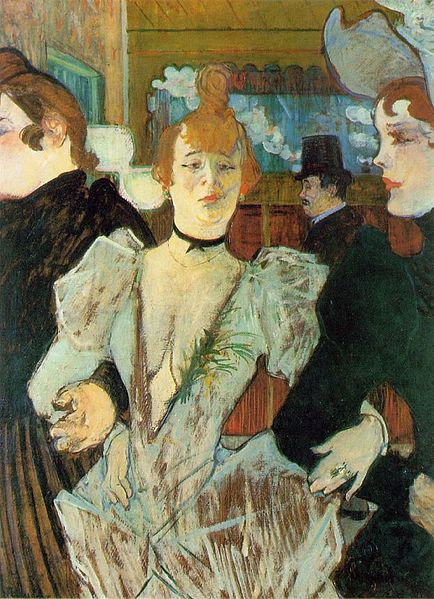







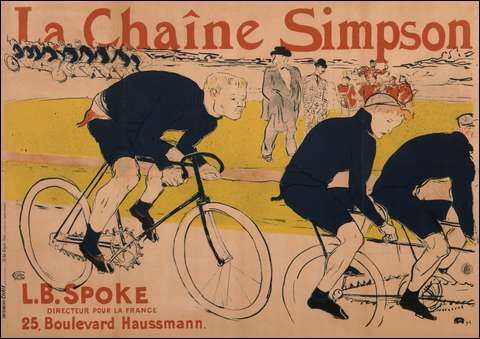
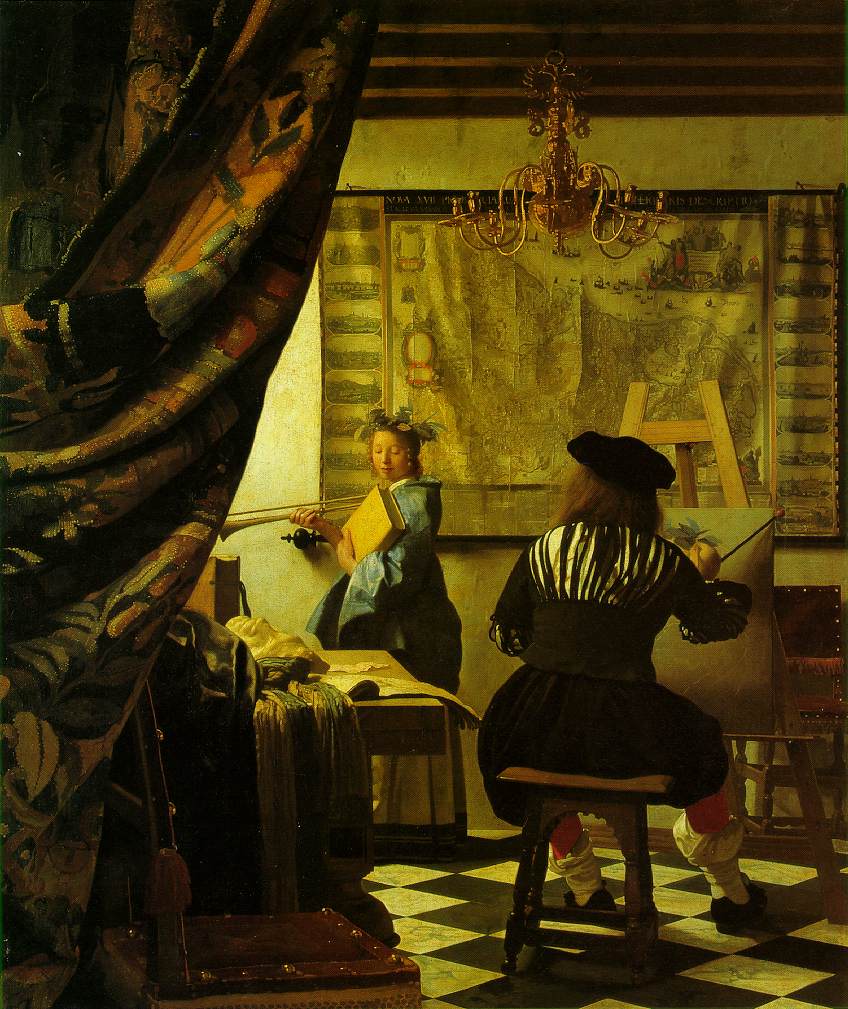


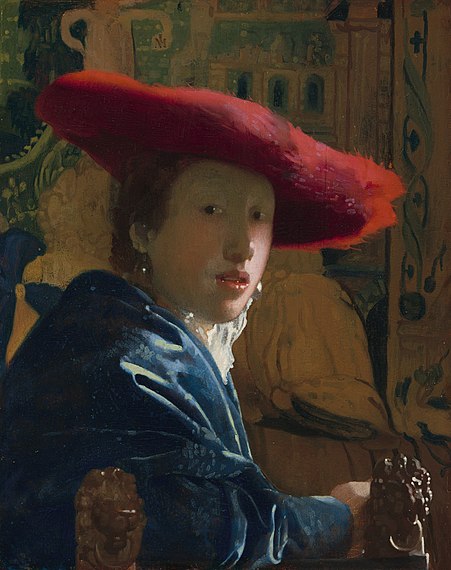
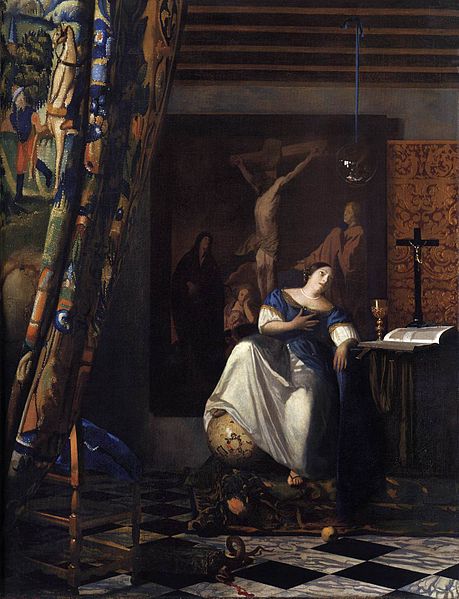

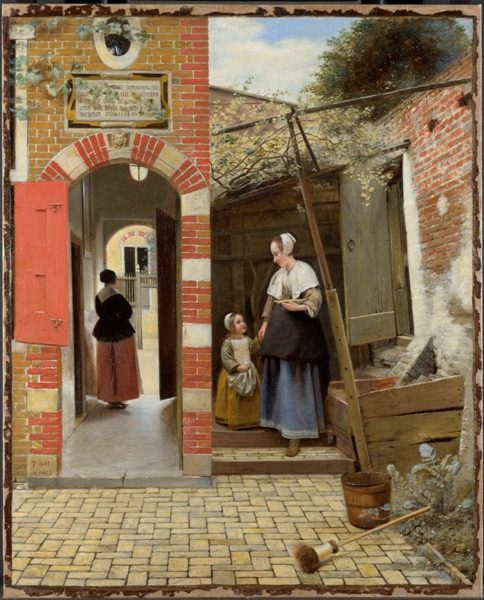












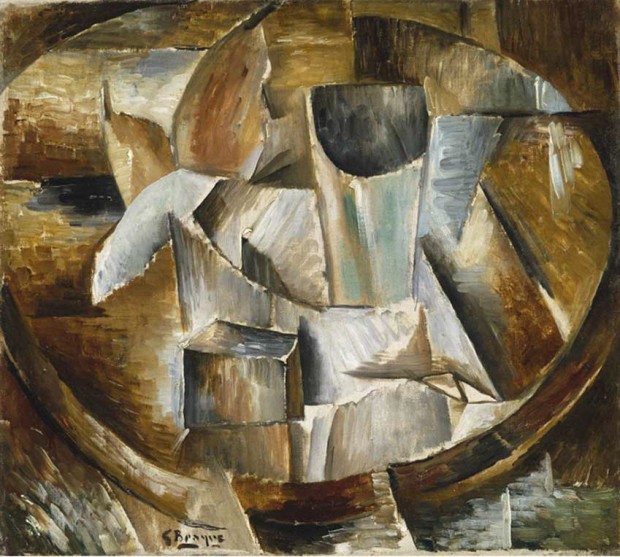
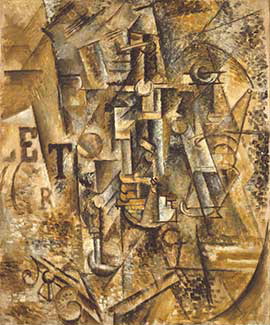
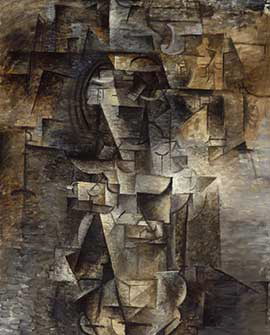







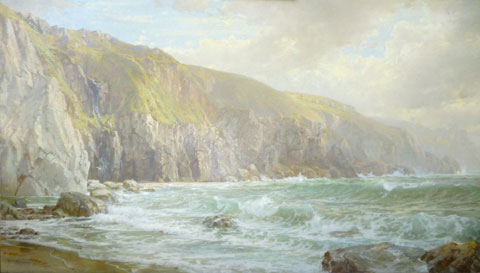









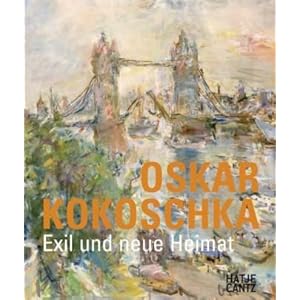
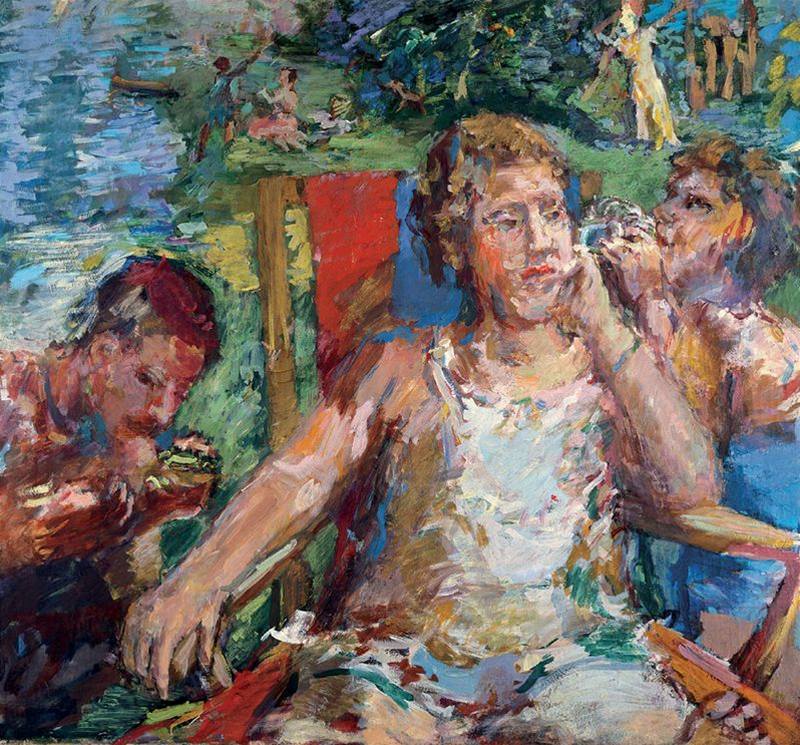






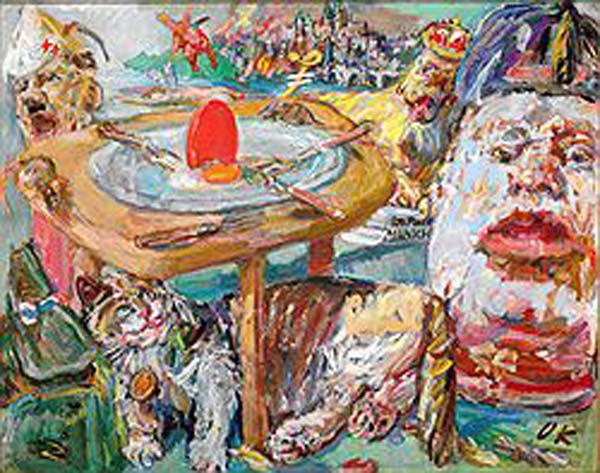


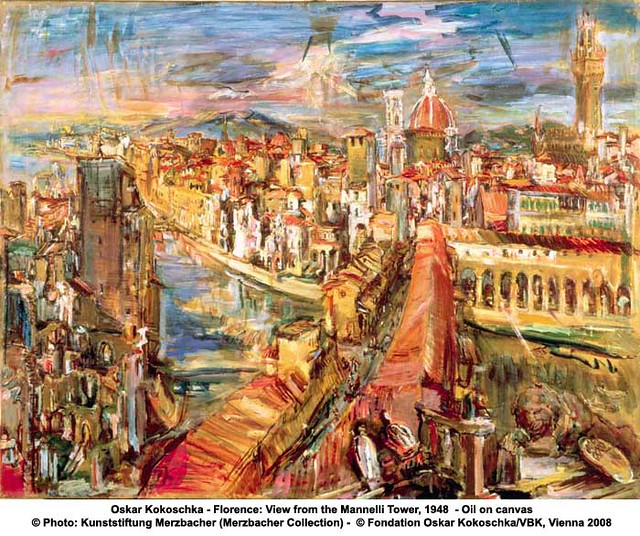









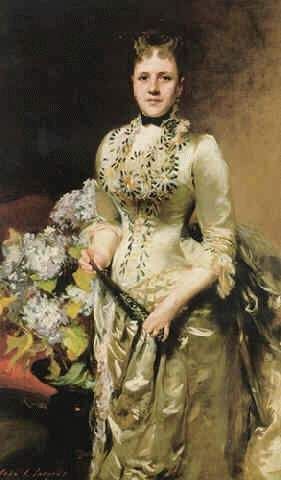





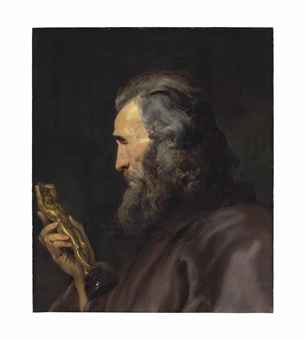

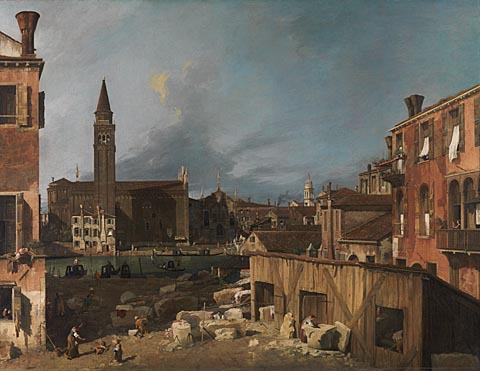

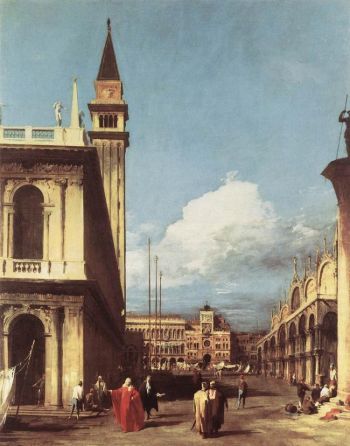







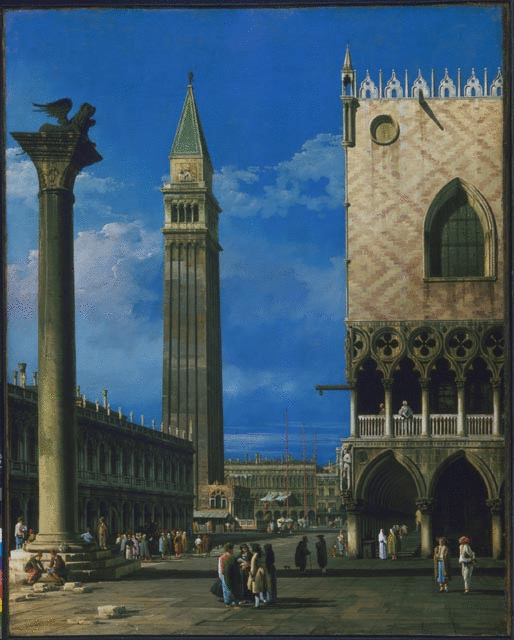







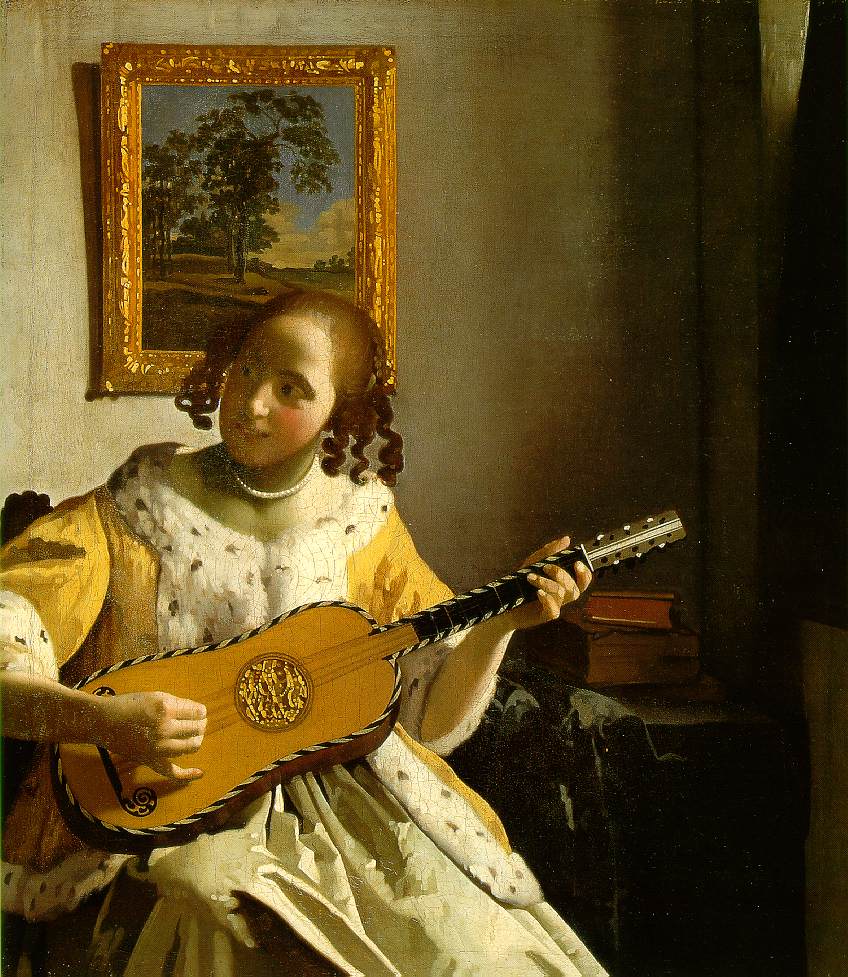









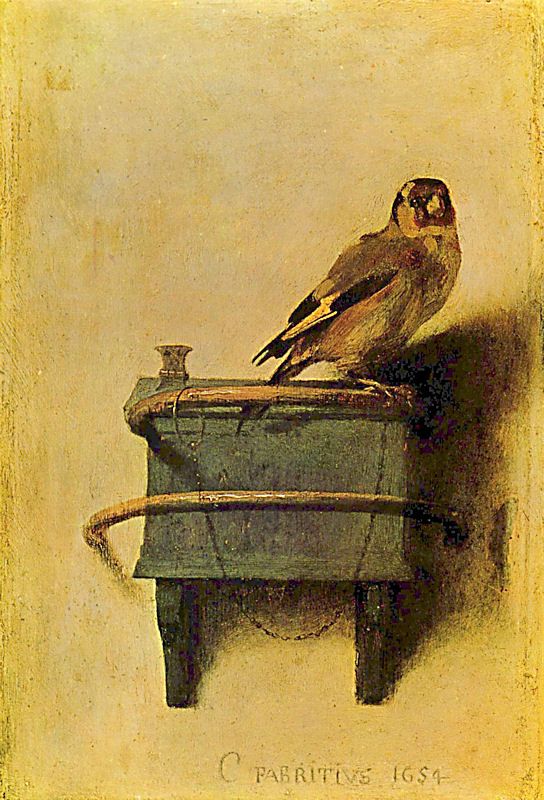
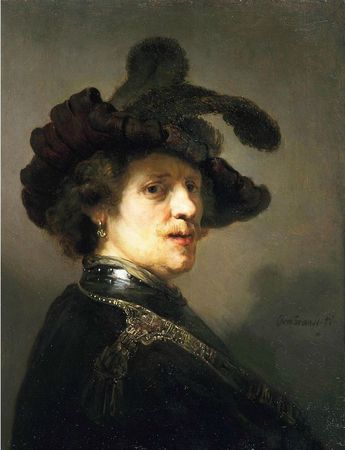



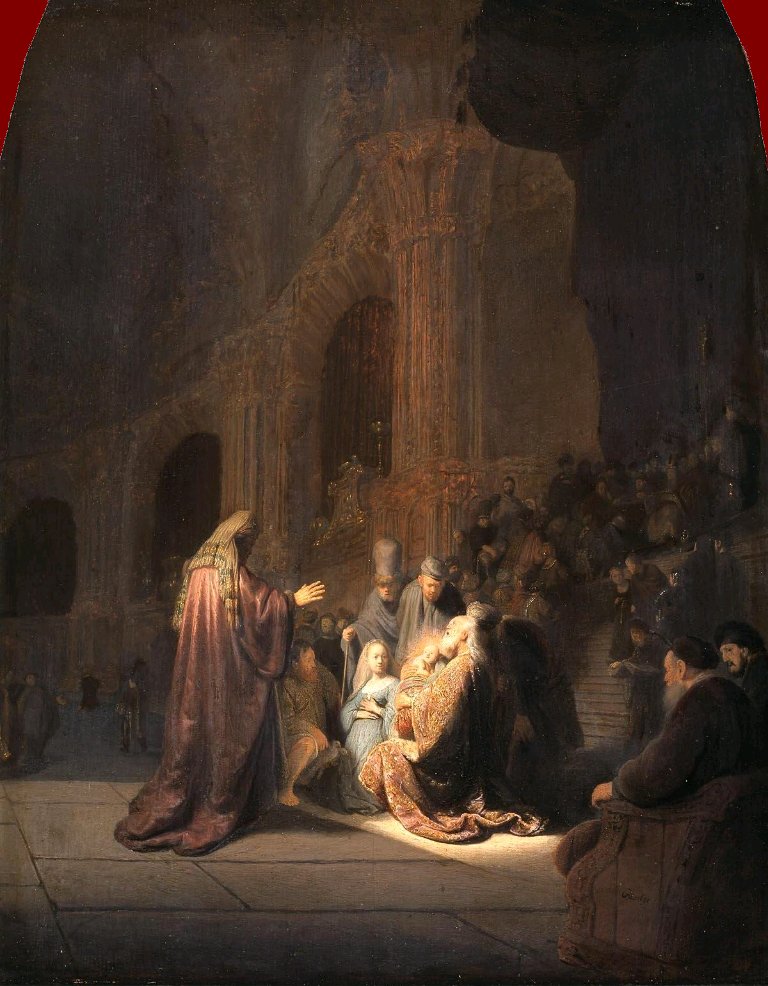



+Lacemaker+1655,.jpg)
















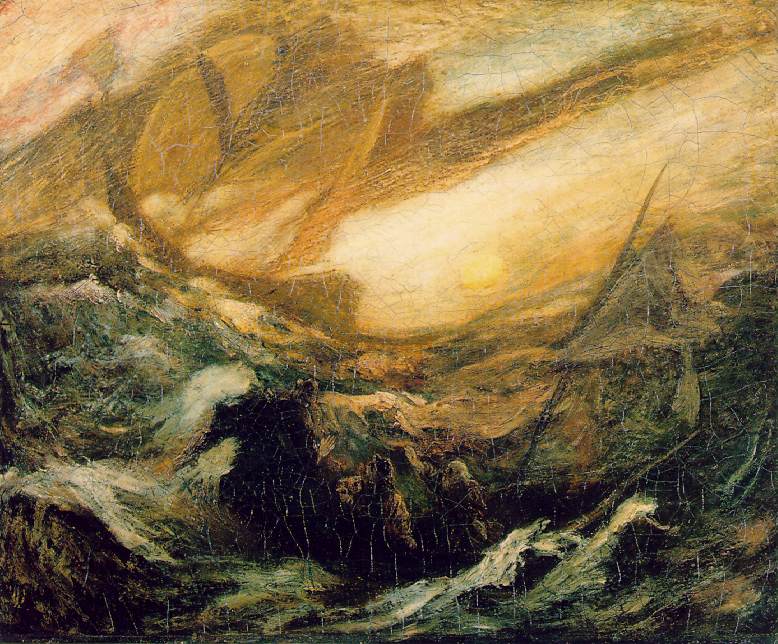
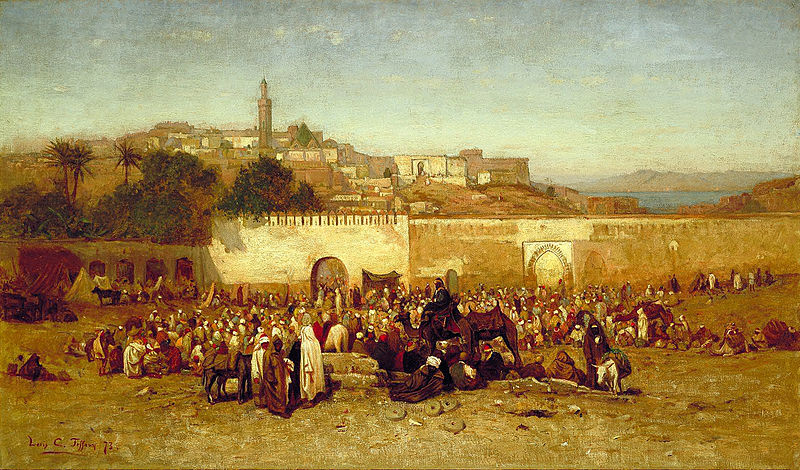






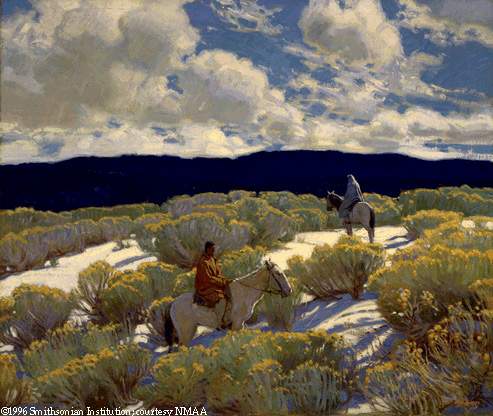



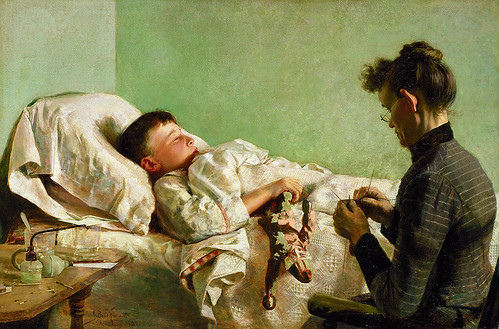
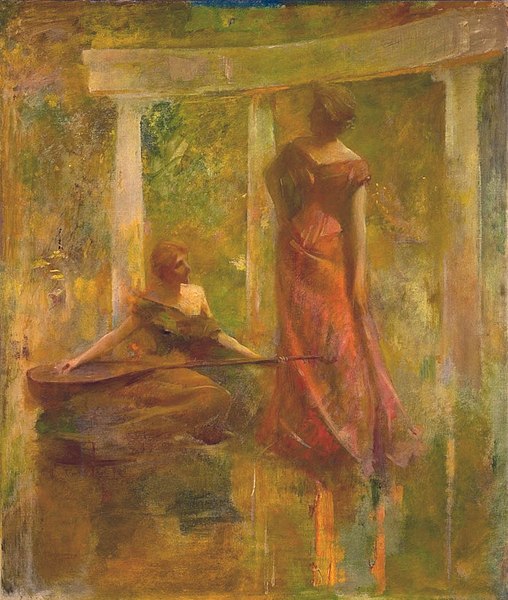
.jpg/430px-Ernest_Lawson_-_The_Flatiron_Building,_New_York_(02).jpg)




